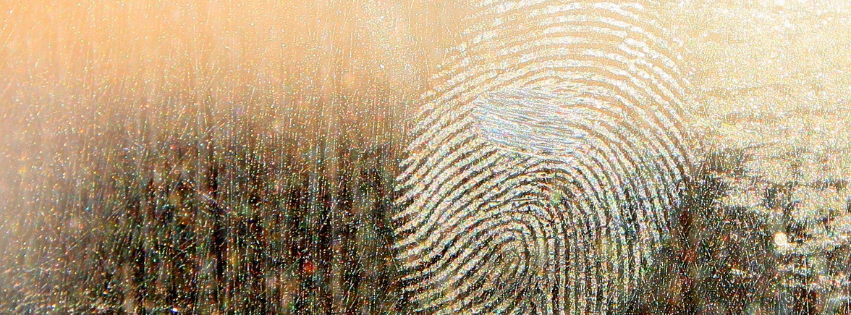
A crime scene is a story waiting to be told. Every detail, no matter how small, whispers clues about the events that transpired. Forensic photography is the art and science of capturing these visual narratives, freezing moments in time that can help investigators piece together the puzzle of a crime. It’s a specialized field that demands precision, objectivity, and a keen eye for detail, as these images may ultimately serve as critical evidence in legal proceedings.
Why is Forensic Photography So Crucial?
Imagine a courtroom where words alone struggle to paint a clear picture of a crime scene. Forensic photographs provide the visual evidence that can speak volumes. They allow investigators, lawyers, and jurors to see the scene as it was, understand the spatial relationships between objects, and analyze crucial details that might otherwise be overlooked. These images can be the silent witnesses that corroborate testimonies, challenge alibis, and ultimately help bring justice to light.
The Diverse Applications of Forensic Photography
Forensic photography extends its lens to various aspects of crime scene investigation and legal proceedings:
- Crime Scene Documentation: Capturing the overall scene, including the surrounding environment, the position of evidence, and the relationship between objects, helps to preserve the context of the crime.
- Evidence Photography: Detailed close-up images of fingerprints, footprints, weapons, and trace evidence provide crucial information for analysis and identification.
- Accident Reconstruction: Photographs of accident scenes, vehicle damage, and skid marks can help investigators reconstruct the sequence of events leading up to an accident.
- Medico-legal Photography: Documenting injuries, autopsies, and other medical evidence provides visual records for legal and medical purposes.
Capturing the Evidence: Tools of the Trade
To effectively document a crime scene and its intricate details, forensic photographers rely on specialized equipment:
- Cameras: High-resolution cameras with excellent image quality and color accuracy are essential for capturing the nuances of forensic evidence.
- DSLRs: The Canon EOS 5D Mark IVis a popular choice for forensic photography. Its full-frame sensor excels in low light and captures high-quality images. This camera is built tough with weather-sealing for challenging environments. Its high resolution preserves crucial details for evidence analysis.
- Mirrorless Cameras: The compact size and advanced features of mirrorless cameras like the Fujifilm X-T5 make them ideal for forensic photography. Its weather-sealing allows for use in various conditions, and its fast autofocus system ensures sharp images even in dynamic situations.
- Lenses: A diverse lens kit is crucial for capturing the full scope of a crime scene and its evidence.
- Wide-Angle Lenses: Wide-angle lenses like the Canon EF 16-35mm f/4L IS USMare essential for capturing overall views of crime scenes, establishing context, and documenting the spatial relationships between objects.
- Macro Lenses: Macro lenses like the Tamron SP 90mm f/2.8 Di Macro 1:1 VC USD (Amazon Link) allow for extreme close-ups of evidence, revealing intricate details of fingerprints, tool marks, and fibers that would be invisible to the naked eye.
- Telephoto Lenses: Telephoto lenses are useful for capturing images from a distance, documenting evidence in hard-to-reach areas, or zooming in on details at accident scenes.
- Lighting: Proper lighting is crucial for revealing details and ensuring accurate color representation in forensic photography.
- External Flash Units: Powerful external flash units like the Godox V1 Speedlite provide ample illumination for crime scenes, ensuring proper exposure and minimizing shadows, even in challenging lighting conditions.
- Forensic Light Sources: Specialized forensic light sources utilize different wavelengths of light to reveal latent fingerprints, bodily fluids, and other trace evidence that might not be visible under normal lighting conditions.
- Accessories: These tools complement the core equipment:
- Tripods: A sturdy tripod ensures stability and minimizes camera shake, crucial for capturing sharp images, especially in low-light conditions or when using long exposures.
- Scales and Evidence Markers: Scales and evidence markers provide a visual reference for size and location. It aids in ensuring accurate documentation of evidence.
- Forensic Photography Kits: Pre-assembled forensic photography kits offer a convenient way to acquire essential tools and accessories. This helps in streamlining the documentation process.
Techniques and Considerations in Forensic Photography
- Crime Scene Photography: Systematic documentation is key, capturing overall, mid-range, and close-up images from various angles. Photogrammetry techniques, using multiple images to create 3D models of crime scenes, are becoming increasingly valuable for analysis and reconstruction.
- Evidence Photography: Different types of evidence require specific techniques. Fingerprints, footwear impressions, and tool marks often require specialized lighting and macro lenses to capture their intricate details.
- Lighting Techniques: Proper lighting techniques are essential for revealing details, minimizing shadows, and avoiding reflections that might obscure evidence.
- Image Quality and Chain of Custody: High image quality and strict chain of custody is crucial. These ensure evidence integrity and admissibility in court.
Conclusion
Forensic photography is essential for justice. It provides visual evidence to solve crimes. Forensic photographers use specialized equipment and techniques. They uphold ethical standards. Their images play a crucial role in legal proceedings. Their images speak a silent but powerful language, revealing the truth hidden within the details of a crime scene.
Liked this post? Check out some of our others:
Focusing on the Details: The Art and Science of Medical Photography
